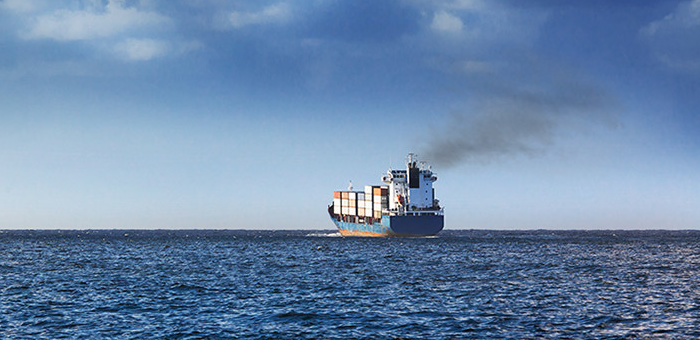Deliveries of low-sulphur gasoil for September increase to 1,685 lots, or 168,500 tonnes. This is the highest amount since October last year, according to InterContinental Exchange data.
Namely, the contract expired at $690 a tonne, a rise from $650.50 at August expiry, when deliveries reached 714 lots, Reuters reported.
[smlsubform prepend=”GET THE SAFETY4SEA IN YOUR INBOX!” showname=false emailtxt=”” emailholder=”Enter your email address” showsubmit=true submittxt=”Submit” jsthanks=false thankyou=”Thank you for subscribing to our mailing list”]
In addition, with 33 new LNG ships on order so far this year, compared to 19 in 2017 and just six in 2016, LNG orders are clearly increasing. According to Wood Mackenzie, owners are tempted by higher spot/short-term charter rates, low newbuilding prices and rapidly growing LNG trade.
The huge increase in LNG supply has so far been absorbed by rapid growth in demand, with China being at the forefront.
What is more, since April 2016, when the first US LNG carrier arrived in the Portuguese port of Sines, EU imports of LNG from the US have increased from zero to 2.8 billion cubic meters. Now, the two countries agreed to further bolster their strategic cooperation with respect to energy, according to the joint statement of 25 July by President Juncker and President Trump.
Finally, the International Gas Union (IGU) released its 2018 World LNG Report examining the current state of the Global LNG Industry. The report shows 2017 as another record-breaking year for LNG trade and reinforces the global LNG industry’s role in expanding access to natural gas, for a more sustainable and prosperous future.






























































